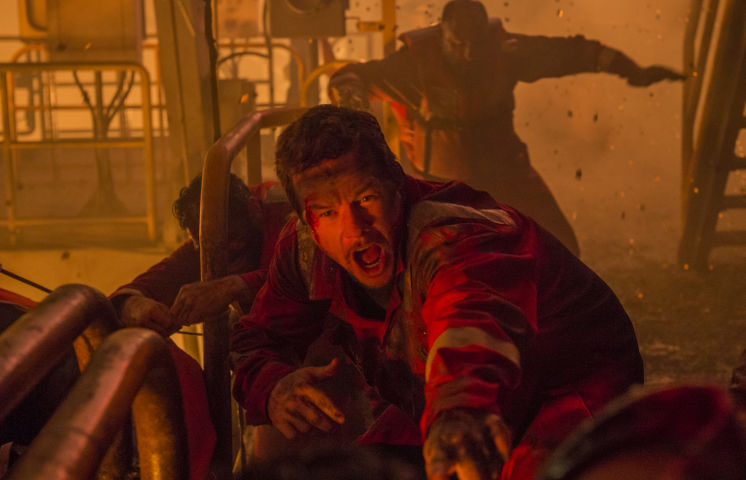Deepwater Horizon was the free floating 5,200 feet tall, semi-submersible offshore oil drilling rig. The facility was commissioned at a distance of 49 miles from the southeast direction of the Louisiana coast and had the capacity to produce 4,426 cubic metres of fuel oil. The roadmap was to produce 3-4 billion barrels of oil from the wells of Macondo and Kaskida. The remains of that big dream are now buried under water. Peter Berg makes an attempt to re-create the incidences that led to the fall of that big giant oil drilling rig. Did he manage to succeed?
There is a two part answer to that question. In one way, Mr. Berg did get all the facts right but still failed to depict the holistic picture of that incident. The movie is based on an article published in The New York Times by David Barstow, David Rohde, and Stephanie Saul. I was hoping for a more in-depth storyline. One of the programs in NASA for Program/Project Engineering Leadership had published a case study about that incident. Mr. Berg should have adopted the intricacies of that published case-study as part of the entire plot.
The day of explosion, 20th April 2010, started with 126 crew members on board and ended with only 115 people alive. Those 11 lives were lost at the cost of greed and improper commissioning of the oil well. The movie showed that one of the primary reason for the explosion was the hasty and nasty decision made by one of the British Petroleum (BP) executive, Donald Vidrine (played by John Malkovich). He gave a go-ahead for the oil drilling to start even when the Negative Pressure Test results came out to be inconclusive. The BP executive assumed that redoing the Negative Pressure Test on the Kill line instead of the Drill line would be sufficient. To add to that, the movie also portrays that the necessary cement sheath test was ignored due to the budget constraints and the entire crew of Schlumberger was made to leave the premises. The facts are right for the day of 20th Apr. 2016 but there is also a background to the story of the cement sheath strength.
In the case-study done by NASA, it was shown that the cement slurry foam design was unstable even during the series of tests performed at Halliburton (a contractor organization that was hired for producing cement sheath test results and then plug that cement to the well). This fact was conveniently ignored while commissioning the oil well and was never communicated properly. The movie showed in some parts that the communication line was never proper at the well but never revealed the improper commissioning and miscommunications between various stakeholder organizations. The storyline is shown from the point of view of the two staff members of the Transocean, Mike Williams (Chief Electronic Technician played by Mark Wahlberg) and Jimmy Harrell (Offshore Installation Manager played by Kurt Russell). It might be one of the reasons why Mr. Berg failed to develop and depict a bird’s eye view on the whole incident.
Despite the incomplete storyline, the movie still holds the audience attention on the big screen as the visual effects created by Craig Hammack are excellent. It gives you the feel of the facility and lets you succumb to that incident easily. In fact, it did remind me of my time when I used to work for the oil and gas sector.
